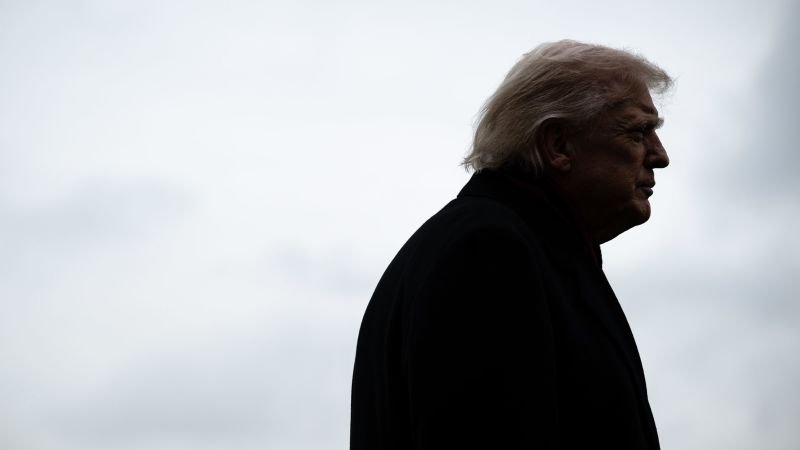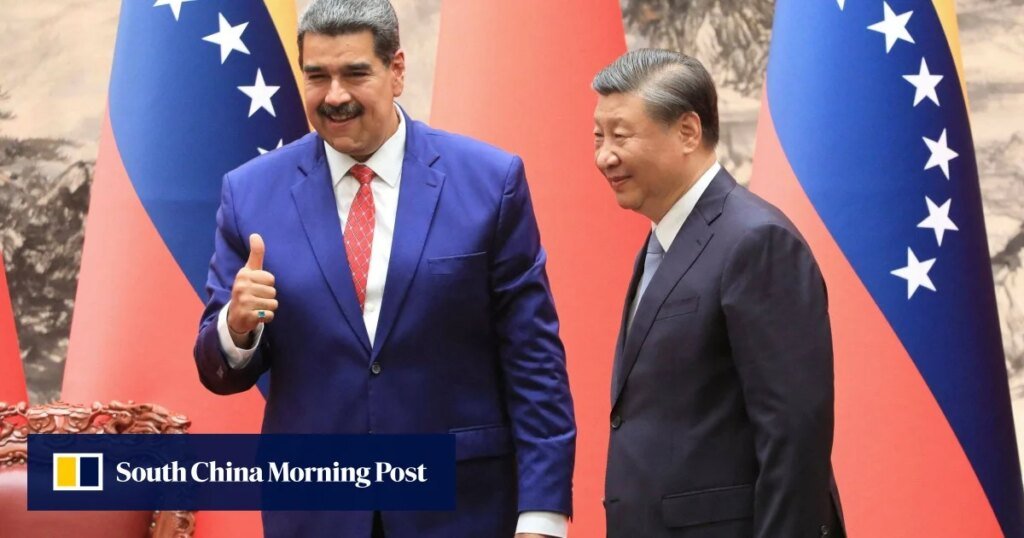But the real story—the dangerous, strategic fault line that the U.S. side chose to publicly omit—was China’s direct and non-negotiable assertion on Taiwan.
According to the official readout from Beijing, President Xi pressed his counterpart on the issue, underscoring that “Taiwan’s return to China is an integral part of the post-war international order.”
This is not a mere statement of China’s longstanding “One China” position. It is a carefully calibrated challenge to the entire U.S.-led post-World War II global security framework, and it demands a deeper political reckoning in Washington than a cheerful social media post can deliver.
Xi’s History Lesson: Reframing the Taiwan Question
By invoking the “post-war international order,” Xi Jinping is doing two things:
Challenging U.S. Legitimacy: He is attempting to reframe the Taiwan question not as an unresolved Chinese Civil War dispute, but as a recognized outcome of the 1945 Allied victory over Japan—a victory both China and the U.S. fought for. This narrative is intended to delegitimize the U.S. position of providing defensive arms to Taiwan and opposing any forced change to the status quo.
Cornering the U.S. President: The Chinese readout quotes the President as acknowledging that the U.S. “understands how important the Taiwan question is to China.” While this phrasing is diplomatic boilerplate, it is a deliberate and immediate attempt to use the goodwill from the trade truce to extract a strategic diplomatic concession that alters the ambiguity of decades of U.S. policy.
The most telling sign of the U.S. administration’s prioritization of the trade truce is the public response. The President’s post on Truth Social following the call focused entirely on cooperation:
“Very good call with President Xi of China. Discussed Ukraine, Fentanyl, and most importantly, the new trade deals that are working beautifully for our Great Farmers. Our relationship with China is extremely strong!“
The complete omission of Taiwan—the single biggest flashpoint in the bilateral relationship—underscores a perceived trade-off: The Administration appears willing to downplay security and democratic principles to secure economic deliverables like soybean purchases and a pause on China’s rare earth export controls.
The Red Line and the Raging Regional Feud
This historical claim from Beijing arrives amid escalating tensions that could accidentally trigger a conflict:
The Japan Crisis: Xi’s history lesson is aimed directly at U.S. allies. It follows a severe diplomatic row between Beijing and Tokyo, sparked by Japan’s new Prime Minister suggesting that an attack on Taiwan could be a “survival-threatening situation” for Japan. Beijing has responded with a massive diplomatic tantrum, accusing Japan of violating a red line.
The Military Guardrail: Despite the tense rhetoric, the two sides did agree to restore high-level military-to-military maritime talks earlier this month. This is the ultimate “guardrail,” confirming that even as the political temperature rises, both capitals understand the catastrophic risk of an accidental military confrontation.
The ultimate test of the U.S. commitment to the Indo-Pacific is not the volume of soybean sales, but the strength of its response to Beijing’s attempt to unilaterally rewrite the rules of the post-war order. When faced with a choice between economic calm and strategic clarity, the U.S. President’s public silence on the Taiwan question speaks volumes.
The world is watching to see if the U.S. will let the foundations of regional security be traded away for a temporary respite in the trade war.
Do you believe the U.S. Administration should break its silence and publicly reject Xi Jinping’s historical claim on Taiwan, or is strategic silence necessary to maintain the fragile trade truce?


















